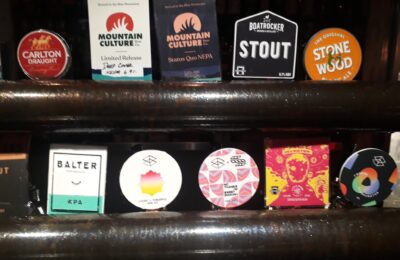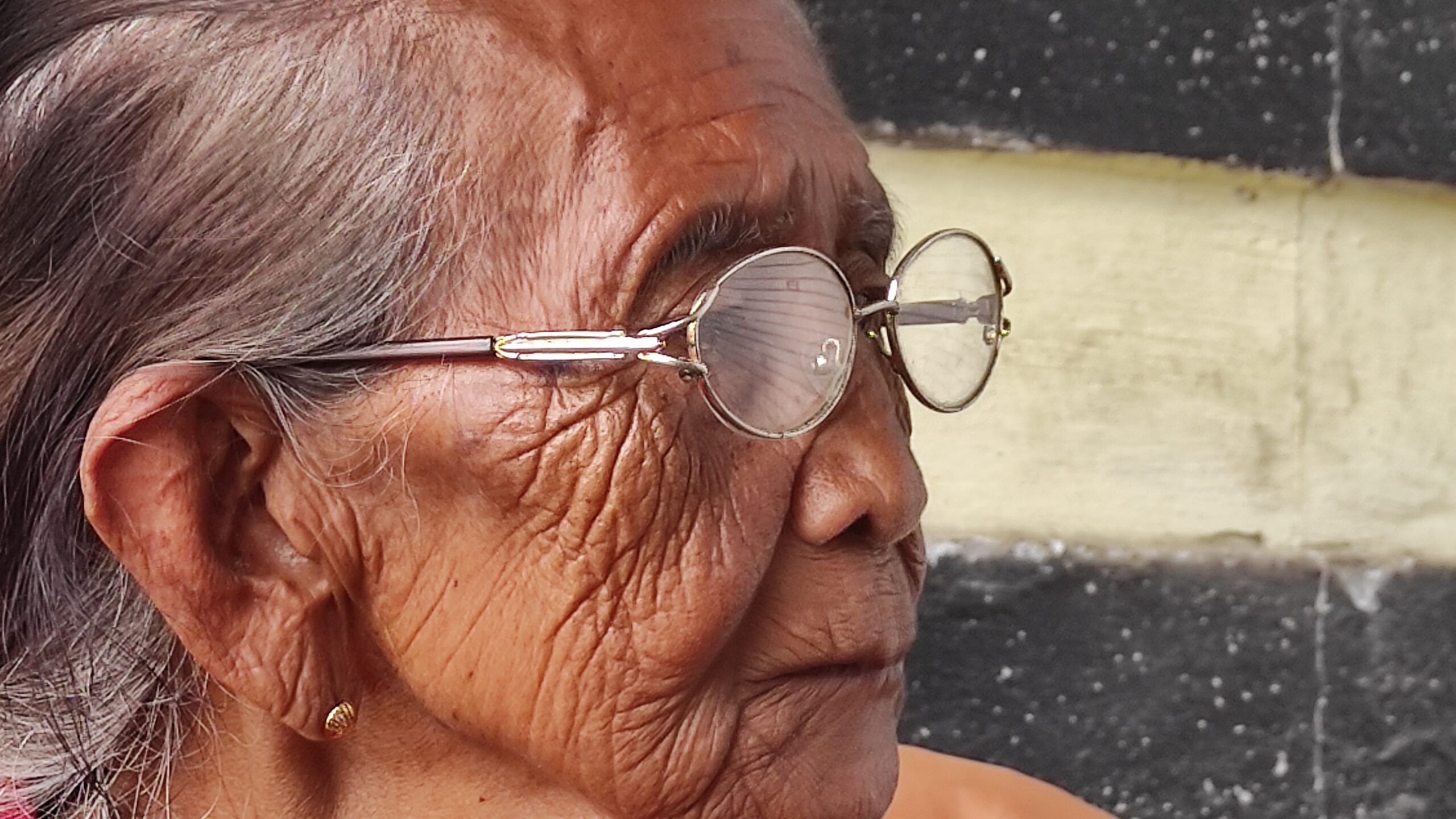The tiger watched, ready to attack. Every muscle in its body tight like a coiled spring, ready to unleash such ferocity that its prey would soon succumb.
Although the concept of satay was still a few thousand years off, to the tiger it seemed the small band of skinny humans were simply that – rangy meat on bone sticks, and ready for consumption. A tiger did not care for grilling before eating.
The small group of men almost encircled the tiger, their razor-sharp spears at the ready. Perhaps this tiger was the one that had already attacked and killed several of their clan. Life was never easy on the edge of the jungle, and the presence of wild tigers, elephants, huge antlered deer, buffalo and other beasts meant they had to be ever on alert. Small wonder the average lifespan was not far beyond 40 years. Infant mortality was indeed high too.
These thoughts and images swirled round my mind as I stood within the archaeological museum, in early 2018. Ban Chiang is a World Heritage location within Udon Thani Province in north east Thailand. The museum tells the incredible story of the early inhabitants of the area. From the moment in 1957 a westerner tripped over a tree root and came face to face with pottery fragments, the story of early life in north east Thailand began to reveal itself.
Unique for their use of fired and decorated clay pottery, these early people led a life of increasing agriculture, along with sustained hunting, progressively over a period of 6000 years until present time.
Carbon dating and similar techniques show that the earliest inhabitants of the Ban Chiang area first used bone and some stone tools, then later forged tools of bronze, and more recently were using iron. Bone tests of buried skeletal remains showed people sometimes lived until 45 or so, but the majority had died in their mid to late 30s.
Many burials included clay pots that had been shattered over the corpse, or additional pots placed near the head or feet, containing food and tools. This concept lends to a possibility that these people believed in an afterlife.
An interesting series of archaeological digs also discovered that infants were interred in pottery sarcophagi.
Throughout the dig locations which are nearby within the town, traces of the region’s animal life is evident – tiger teeth, buffalo horns, antlers and many implements made using animal bones.
The whole museum is a well-laid journey of learning, with displays written in both Thai and English. Any regional visitor should add it to their itinerary, and the entry fee is small.






